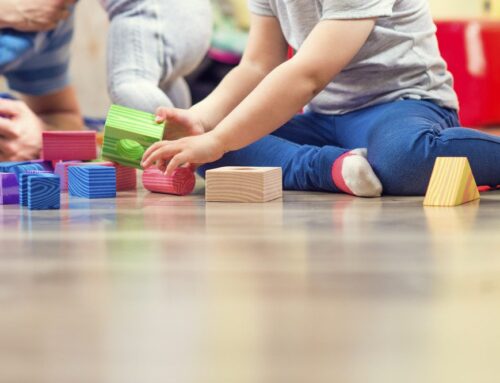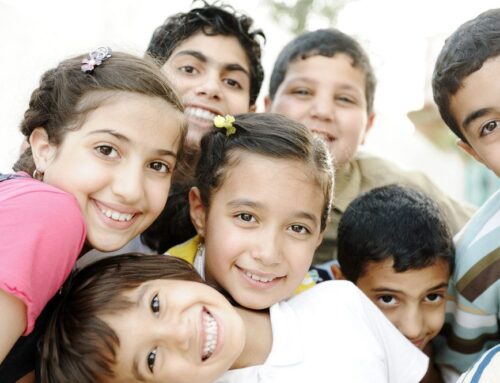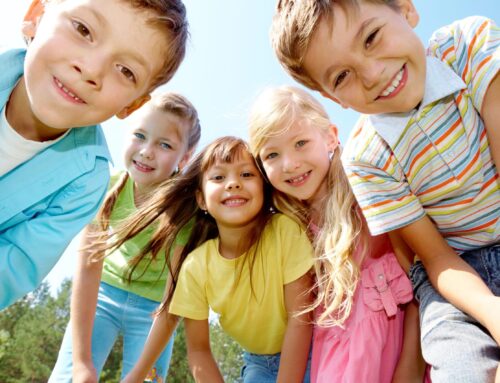by Lila Mago
Art allows us to express our thoughts in a universal way that no other medium can. It engages us, challenges us to think in new ways, and allows us to access our imaginative side. There are no rules of where art can take you, it is the perfect example of how creativity is never limited in its expression, for it encompasses thousands of different mediums that range in style and material. Versatility and freedom of expression is what makes art so special, and so important within your child’s life. Having your child make choices on what to incorporate in their art, how to explore different materials, and share what they have created helps strengthen several areas within their brain improving cognitive, motor, and social skills. This is why at the Children’s Museum of Phoenix, we make an effort to incorporate art into all of our areas of play, because it stimulates a child’s imagination and allows them to have fun with their creations. By creating art with your child, you are having fun with them as well as preparing them for the future.
How does Art develop skills?
Although it seems like a relaxing activity, creating art is very stimulating and requires lots of brainpower to accomplish. To create a picture they will feel satisfied with, a child will have to make several choices regarding what they wish to draw, it’s color, placement, etc. By becoming more familiar with decision making, the brain becomes better at critical thinking and problem-solving. Making active decisions when creating art will also help your child make decisions in life, for it demonstrates that new ideas are not always scary, and can be fun to explore.
Art also promotes healthy social and emotional development. The freedom to create whatever they wish gives children a sense of independence and confidence which boosts their self-esteem. Being able to have total control over their materials and decisions provides a sense of satisfaction for children. As their caregivers, your role is simply to support your child in their artistic exploration rather than lead them. Art allows children to develop their social skills, it exposes them to an exchange of feedback with others. Studies have shown that through engaging in activities such as sharing materials and taking turns with other children, kids learn to “accept criticism and praise from others” as well as become accustomed to helping and empathizing with others. Maintaining an open-ended conversation with your child as they create art is a great way to encourage them as they work through their creative process.
While art is heavily influenced by the mind, it would be nothing without the help of the hands. Experimenting with different materials and techniques helps a child to practice using their hands with coordinated movements. Big swooping movements used in activities such as painting build strength while smaller, fine movements like drawing with a crayon will improve dexterity. Practicing and slowly developing control over these movements will help your child complete fine motor tasks in the future such as buttoning a shirt or writing the alphabet.
How can I do a better job of incorporating Art into my child’s life?
- Provide a range of materials for them to choose from! Markers, finger paints, clay, dried pasta, chalk, stamps, scissors, beans, blocks and so much more can be used to create a masterpiece.
- Talk with your child as they create. Instead of telling them what to do, try and have your child explain what they are thinking and imagining. By allowing them to explore using their imagination, you are encouraging free expression and individuality and discouraging them from being afraid of the opinions of others.
- Create in a group setting. As your child creates art, make a picture alongside them or video call some friends to join!
- Expose your child to art “masterpieces” and art from around the world. Showing them and starting conversations around these pieces will help your child to begin to appreciate art from other cultures as well as get new ideas about what to incorporate into their own art. One great resource to explore at home is Google Arts and Culture (https://artsandculture.google.com).
- Display your child’s art in your home. This will improve their confidence in their abilities and encourage them to create more art!
The benefits of incorporating art in your child’s life reveal themselves in almost all aspects of their education. Encouraging a child to create art will not only help brain development and build confidence but it will bring their imagination to life!
Sources:
http://www.earlychildhoodnews.com/earlychildhood/article_view.aspx?ArticleID=113
https://www.arts.gov/sites/default/files/arts-in-early-childhood-dec2015-rev.pdf https://www.canr.msu.edu/news/the_art_of_creating_why_art_is_important_for_early_childhood_development
https://www.pbs.org/parents/thrive/the-importance-of-art-in-child-development
About the Author
Lila is a high school student in Phoenix who loves to write and grew up playing in CMoP’s Noodle Forest! The Museum is thrilled to have Lila intern with the Museum this summer where she can feed her love of writing and the Museum at the same time!






